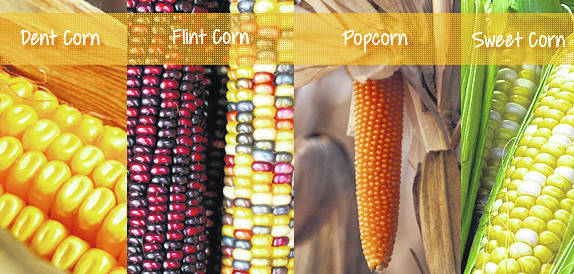The Different Varieties of Corn and their Purpose
06/25/2024:
The different varieties of corn and their purpose:
One of the greatest factors in research at CIMMYT is the different traits of each corn crop and what it could be used for. On my third day in Mexico I was able to take a tour of the labs, one of which was a baking lab! Everyday they bake different types of breads and make different types of doughs to see which grain is best for which purpose. This is one way that they are able to better address need in other countries and help to fight world hunger.
Types of Corn Seeds
Sweet Corn (Zea mays var. saccharata):
- Uses: Sweet corn is primarily consumed as a vegetable due to its high sugar content. It’s commonly boiled, steamed, grilled, or used in salads and salsas.
- Baking: Sweet corn varieties are not typically used for baking bread or cakes due to their high moisture content and sweetness.
Field Corn (Zea mays var. indentata):
- Uses: Field corn, also known as dent corn, is cultivated for livestock feed, industrial products (e.g., corn syrup, ethanol), and processed foods (e.g., cornmeal, corn starch).
- Baking: Dent corn is ground into cornmeal, which is used for baking cornbread, muffins, and tortillas. It has a slightly sweet flavor and a coarse texture.
Flint Corn (Zea mays var. indurata):
- Uses: Flint corn is characterized by hard, glassy kernels and is often used for decoration (e.g., Indian corn) and as a food staple in some regions.
- Baking: Flint corn varieties, especially those with colorful kernels, are occasionally ground into cornmeal for baking. They add a unique appearance and texture to baked goods.
Popcorn (Zea mays var. everta):
- Uses: Popcorn is specifically grown for its ability to pop when heated due to its hard, moisture-resistant hull. It’s a popular snack food.
- Baking: While primarily consumed as a snack, popcorn can also be ground into a coarse cornmeal for baking cornbread or used as a decorative element in baked goods.
Flour Corn (Zea mays var. amylacea):
- Uses: Flour corn varieties have soft, starchy kernels and are specifically grown for milling into corn flour or cornmeal.
- Baking: Flour corn is ideal for baking because it produces a fine, soft flour that’s used in cornbread, muffins, pancakes, and as a gluten-free alternative in baking.
Specialty Varieties
Blue Corn:
- Uses: Blue corn, often a type of flint corn, is known for its deep blue or purple kernels. It’s used in traditional Native American dishes and for specialty foods like blue corn tortillas and chips.
- Baking: Blue cornmeal adds a unique color and flavor to baked goods such as bread, muffins, and pancakes.
White Corn:
- Uses: White corn varieties are typically sweeter and used in a variety of culinary applications, including tortillas, chips, and grits.
- Baking: White cornmeal is used similarly to yellow cornmeal in baking, providing a milder flavor and lighter color.
High-Oil Corn:
- Uses: High-oil corn varieties have higher oil content, making them suitable for producing corn oil and as animal feed.
- Baking: While primarily used for oil production, high-oil cornmeal can be used in baking for added richness and moisture.
There are many other different varieties of corn within these main ones, CIMMYT itself has over 28,000 different types! They all serve a different purpose and address different needs. That is why these labs are so important, so CIMMYT can know whether their seeds are accomplishing the purposes they are designed for.




Comments
Post a Comment